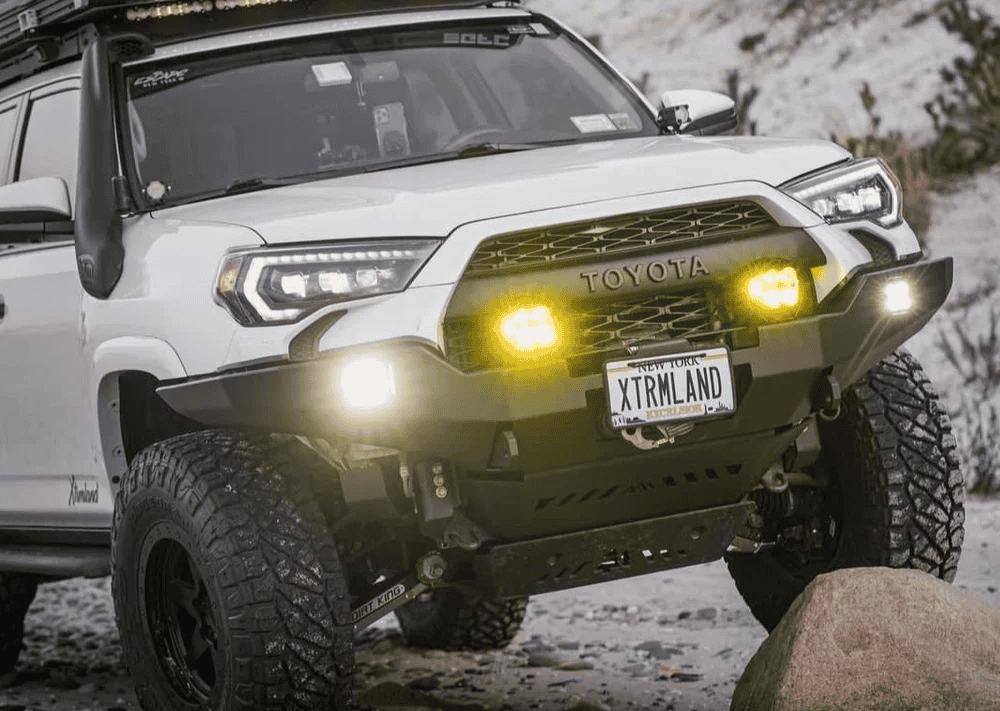Overland Vehicles

An overland build planning session turns ideas into a road ready blueprint. It combines trip goals, terrain, budget, and technical limits so the vehicle you build matches the miles you will actually drive. Instead of chasing parts, you work from a plan that balances reliability, safety, and comfort.
The first objective is clarity. Define who travels, how long you stay off grid, what climates you face, and how much cargo you carry. This shapes every choice that follows, from suspension capacity to battery size. You also set a target weight so you avoid overloaded handling, weak braking, and premature wear.
A strong session assigns priorities. If range and fuel availability matter more than cabin luxuries, the plan favors weight control and efficient power. If winter camping is central, the plan leans into insulation, heating, and moisture management. Setting tradeoffs early prevents expensive revisions later.
A practical approach follows a simple loop: assess, design, validate. You assess needs and constraints, design the system around them, then validate the result with numbers and real world checks.
Map real routes and seasons, not hypotheticals. Sand and washboard favor tall sidewalls and shock tuning that controls heat. Rocky tracks demand tire construction and wheel choices that resist pinch flats. Long highway transfers benefit from mild lift heights, balanced aerodynamics, and precise alignment targets.
Tires and suspension drive vehicle behavior. Choose tire size by effective diameter, load rating, and true measured weight per corner. Upsizing without recalibrating final drive or speedometer can hurt crawl ability and transmission temps. Suspension should be matched to actual loaded weight, not a guess.
Braking and steering require attention when you add mass. A well planned session considers rotor heat capacity, pad compounds, and fluid types suited for mountain descents. Align the vehicle to a specification that suits mixed terrain rather than a generic factory setting.
Electrical systems work best when sized by math, not wishful thinking. A session defines solar, alternator, and shore inputs, then models charge rates, depth of discharge, and cold weather performance. Clean cable routing and proper fusing protect the entire rig.
Start with consumption. A typical compressor fridge draws thirty to sixty amp hours per day depending on ambient temps and insulation. Add lighting, fans, water pumps, charging, and a safety margin. Size the battery for at least two days of autonomy, then select charging sources to refill that bank during normal driving or daylight. Place heavy batteries low and near the axle to protect handling.
Weight creeps in a pound at a time. Cabinet material choices, tire construction, steel armor, and water storage add up quickly. Weigh the vehicle in travel trim on a scale and record each axle. Compare to gross vehicle weight rating and axle limits. If you are close, plan reductions now, not on the trail.
A written plan becomes a parts list, a wiring diagram, a plumbing schematic, and a work sequence. Milestones keep the project on time: component ordering, mock fits, system testing, and shakedown drives. Before long trips, perform a fifty mile heat cycle check on fasteners, retorque wheels, and scan for electrical hot spots.
If you want a seasoned team to translate your plan into a dependable platform, explore Overland rigs for proven approaches tailored to real travel. For systems that need professional integration and testing, see Custom overland upfit to align suspension, power, storage, and lighting with your payload and routes. Curious how we work and why travelers trust our builds nationwide? Read Why choose OZK Customs for process, standards, and client stories.
The right overland build planning session protects safety margins, keeps budgets honest, and turns guesswork into clear decisions. At OZK Customs in Fayetteville, we start with how you travel, then design for real weight, real range, and real weather. Meet our team, walk through components, and leave with a blueprint you can trust when the map turns to dirt.
Ready to map a rig that fits your routes, range, and lifestyle? Book a planning session with OZK Customs in Fayetteville and leave with a clear build roadmap, transparent budget, and a timeline that matches your season. Let’s turn your trip list into a dialed adventure platform.
ADDRESS:
6159 E Huntsville Rd, Fayetteville, AR 72701
PHONE:
(479) 326-9200
EMAIL:
info@ozkvans.com